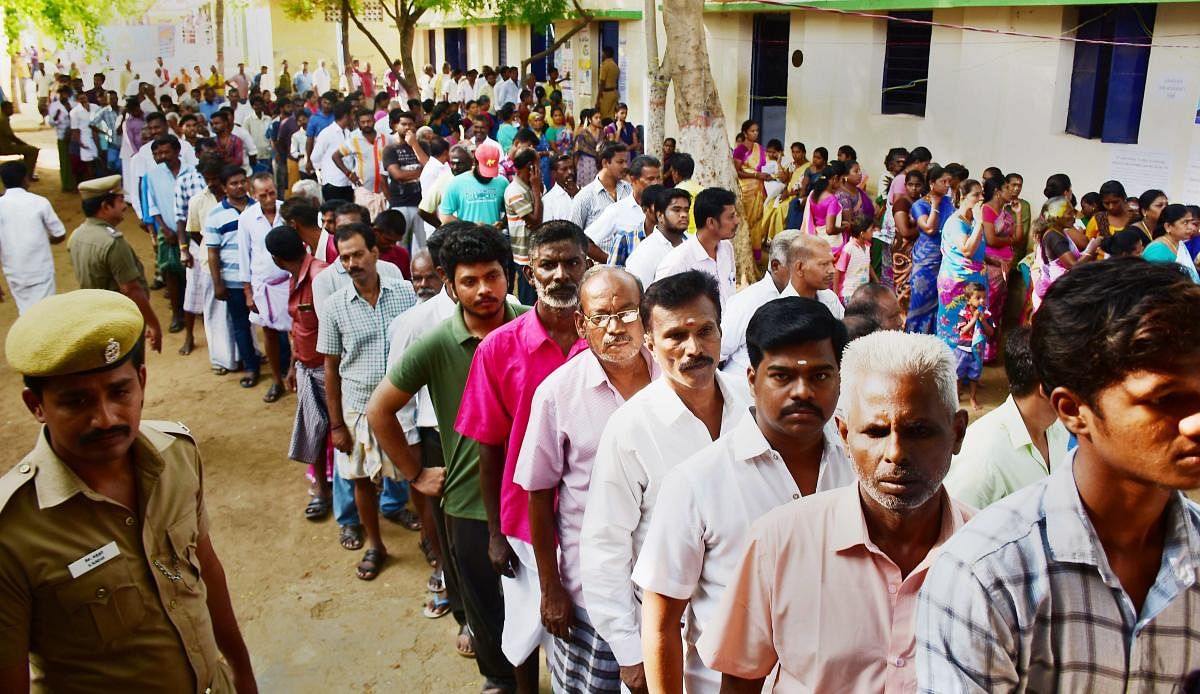
Exit polls, which by and large give a resounding victory to Narendra Modi-led BJP clearly indicate that while Modi factor worked big in North India, South India gave a lukewarm response to the saffron party barring Karnataka, where the surveys predict more than half seats for the BJP.
Nothing else other than Moditva can explain why the BJP seems to have fared well in three states from Hindi heartland—Madhya Pradesh, Rajasthan and Chhattisgarh— which had favoured the Congress a few months ago. In Chhattisgarh, where the Congress had got two-third majority in assembly polls, the BJP seems to have bounced back. Even in Jharkhand, where the Congress-led grand alliance was expecting a clean sweep, the BJP does not seem to have lost very big.
In the south, the party not being seen as winning in any other state barring Karnataka, indicates that the party is still seen in South India as a party of North India.
Despite the Sabarimala surge, the BJP does not seem to have expanded its influence enough to win seats in Kerala. In Tamil Nadu, despite latching on to AIADMK and other regional parties, the BJP is not seen as a winner. Same is true with Andhra Pradesh and Telangana.
In a way, the results would be a referendum in 2019 on the big leaders, Modi and Rahul Gandhi, especially in the three states where the Congress won the assembly polls, where voting was primarily for or against state leaders. If the exit polls are to be believed, this is a big loss of face for Rahul Gandhi.
According to exit polls, it’s a saffron surge in North India— be it the BJP fighting alone in Madhya Pradesh, Rajasthan and Chattisgarh where it lost to Congress in state polls recently), Uttar Pradesh where it fought an umbrella alliance of SP, BSP and RLD with help of two smaller allies, Bihar or Maharastra.
In the rural hinterland of caste politics Bihar and the epicentre of farm unrest Madhya Pradesh— be it in the arid Chambal, bandit land of yesteryears, the RSS bastions of Indore-Ujjain or the opium belt of Mandsaur, the identity of candidates mattered very little.
2019 saw rural India, especially in the north, reverberating with nationalistic fervour with Pakistan Pulwama and Balakot forming the narrative backing the “Majboot versus Majboor” government narrative pushed in by the BJP.
The prediction for West Bengal, in particular, is something significant, it is a tectonic shift in Indian politics if it turns out real. It also underlines the fact that wherever there is a strong regional leader like Mamata Banerjee, a BJP sweep may not happen.
